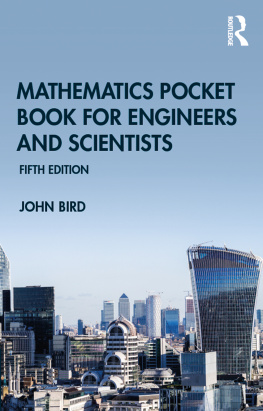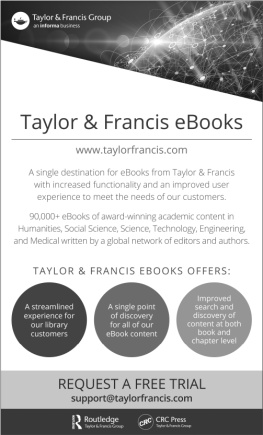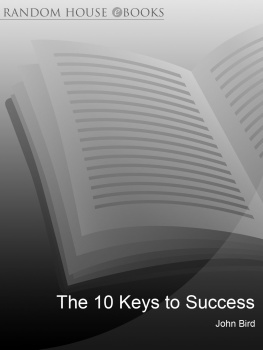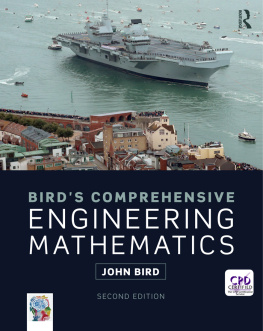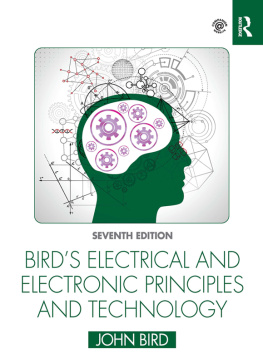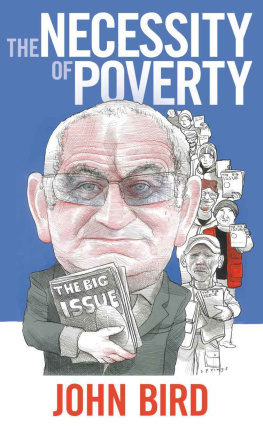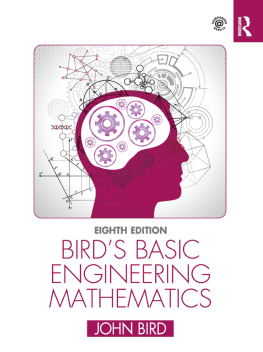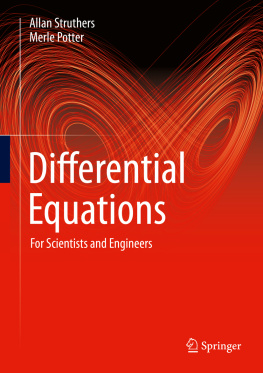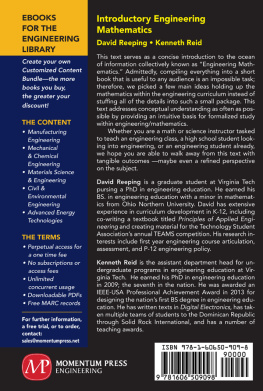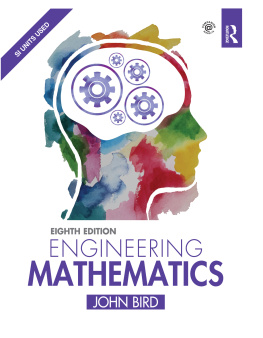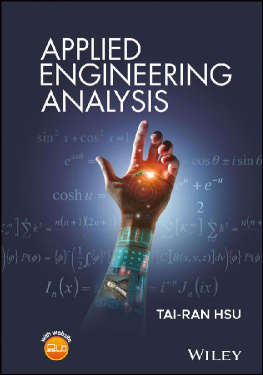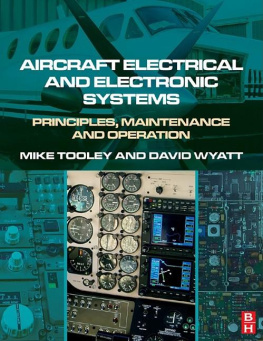Contents
Page List

Why is knowledge of science and mathematics important in engineering?
A career in any engineering field will require both basic and advanced mathematics and science. Without mathematics and science to determine principles, calculate dimensions and limits, explore variations, prove concepts, and so on, there would be no mobile telephones, televisions, stereo systems, video games, microwave ovens, computers, or virtually anything electronic. There would be no bridges, tunnels, roads, skyscrapers, automobiles, ships, planes, rockets or most things mechanical. There would be no metals beyond the common ones, such as iron and copper, no plastics, no synthetics. In fact, society would most certainly be less advanced without the use of mathematics and science throughout the centuries and into the future.
Electrical engineers require mathematics and science to design, develop, test, or supervise the manufacturing and installation of electrical equipment, components, or systems for commercial, industrial, military, or scientific use.
Mechanical engineers require mathematics and science to perform engineering duties in planning and designing tools, engines, machines, and other mechanically functioning equipment; they oversee installation, operation, maintenance, and repair of such equipment as centralised heat, gas, water, and steam systems.
Aerospace engineers require mathematics and science to perform a variety of engineering work in designing, constructing, and testing aircraft, missiles, and spacecraft; they conduct basic and applied research to evaluate adaptability of materials and equipment to aircraft design and manufacture and recommend improvements in testing equipment and techniques.
Nuclear engineers require mathematics and science to conduct research on nuclear engineering problems or apply principles and theory of nuclear science to problems concerned with release, control, and utilisation of nuclear energy and nuclear waste disposal.
Petroleum engineers require mathematics and science to devise methods to improve oil and gas well production and determine the need for new or modified tool designs; they oversee drilling and offer technical advice to achieve economical and satisfactory progress.
Industrial engineers require mathematics and science to design, develop, test, and evaluate integrated systems for managing industrial production processes, including human work factors, quality control, inventory control, logistics and material flow, cost analysis, and production coordination.
Environmental engineers require mathematics and science to design, plan, or perform engineering duties in the prevention, control, and remediation of environmental health hazards, using various engineering disciplines; their work may include waste treatment, site remediation, or pollution control technology.
Civil engineers require mathematics and science in all levels in civil engineering structural engineering, hydraulics and geotechnical engineering are all fields that employ mathematical tools such as differential equations, tensor analysis, field theory, numerical methods and operations research.
Architects require knowledge of algebra, geometry, trigonometry and calculus. They use mathematics for several reasons, leaving aside the necessary use of mathematics in the engineering of buildings. Architects use geometry because it defines the spatial form of a building, and they use mathematics to design forms that are considered beautiful or harmonious. The front cover of this text shows a modern London architecture and the financial district, all of which at some stage required in its design a knowledge of mathematics.
Knowledge of mathematics and science is clearly needed by each of the disciplines listed above.
It is intended that this text Mathematics Pocket Book for Engineers and Scientists will provide a step by step, helpful reference, to essential mathematics topics needed by engineers and scientists.
Mathematics Pocket Book for Engineers and Scientists
Fifth Edition
John Bird

Fifth edition published 2020
by Routledge
2 Park Square, Milton Park, Abingdon, Oxon, OX14 4RN
and by Routledge
52 Vanderbilt Avenue, New York, NY 10017
Routledge is an imprint of the Taylor & Francis Group, an informa business
2020 John Bird
The right of John Bird to be identified as author of this work has been asserted by him in accordance with sections 77 and 78 of the Copyright, Designs and Patents Act 1988.
All rights reserved. No part of this book may be reprinted or reproduced or utilised in any form or by any electronic, mechanical, or other means, now known or hereafter invented, including photocopying and recording, or in any information storage or retrieval system, without permission in writing from the publishers.
Trademark notice: Product or corporate names may be trademarks or registered trademarks, and are used only for identification and explanation without intent to infringe.
First edition published as Newnes Mathematics for Engineers Pocket Book by Newnes 1983 Fourth edition published as Engineering Mathematics Pocket Book by Routledge 2008
British Library Cataloguing-in-Publication Data
A catalogue record for this book is available from the British Library
Library of Congress Cataloging-in-Publication Data
A catalog record has been requested for this book
ISBN: 978-0-367-26653-0 (hbk)
ISBN: 978-0-367-26652-3 (pbk)
ISBN: 978-0-429-29440-2 (ebk)
Typeset in Frutiger 45 Light by
Servis FIlmsetting Ltd, Stockport, Cheshire.
Mathematics Pocket Book for Engineers and Scientists
John Bird is the former Head of Applied Electronics in the Faculty of Technology at Highbury College, Portsmouth, UK. More recently, he has combined freelance lecturing at the University of Portsmouth, with examiner responsibilities for Advanced Mathematics with City and Guilds and examining for International Baccalaureate. He has over 45 years experience of successfully teaching, lecturing, instructing, training, educating and planning trainee engineers study programmes. He is the author of 140 textbooks on engineering, science and mathematical subjects, with worldwide sales of over one million copies. He is a chartered engineer, a chartered mathematician, a chartered scientist and a Fellow of three professional institutions. He is currently lecturing at the Defence College of Marine Engineering in the Defence College of Technical Training at H.M.S. Sultan, Gosport, Hampshire, UK, one of the largest technical training establishments in Europe.
Contents
Chapter 120 The t=tan2 substitution
Chapter 132 The solution of equations of the form dydx=f(x)
Chapter 133 The solution of equations of the form dydx=f(y)
Chapter 134 The solution of equations of the form dydx=f(x).f(y)
Chapter 140 Second order differential equations of the form ad2ydx2+bdydx+cy=0
Chapter 141 Second order differential equations of the form ad2ydx2+bdydx+cy=f(x)
Mathematics Pocket Book for Engineers and Scientists 5th Edition is intended to provide students, technicians, scientists and engineers with a readily available reference to the essential engineering mathematics formulae, definitions, tables and general information needed during their work situation and/or studies a handy book to have on the bookshelf to delve into as the need arises.

